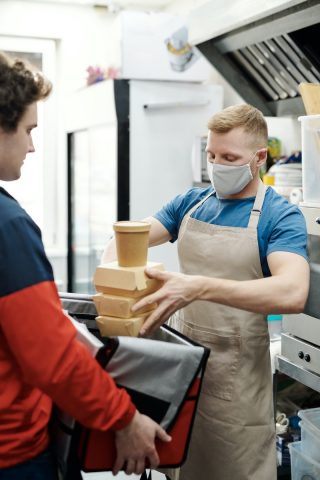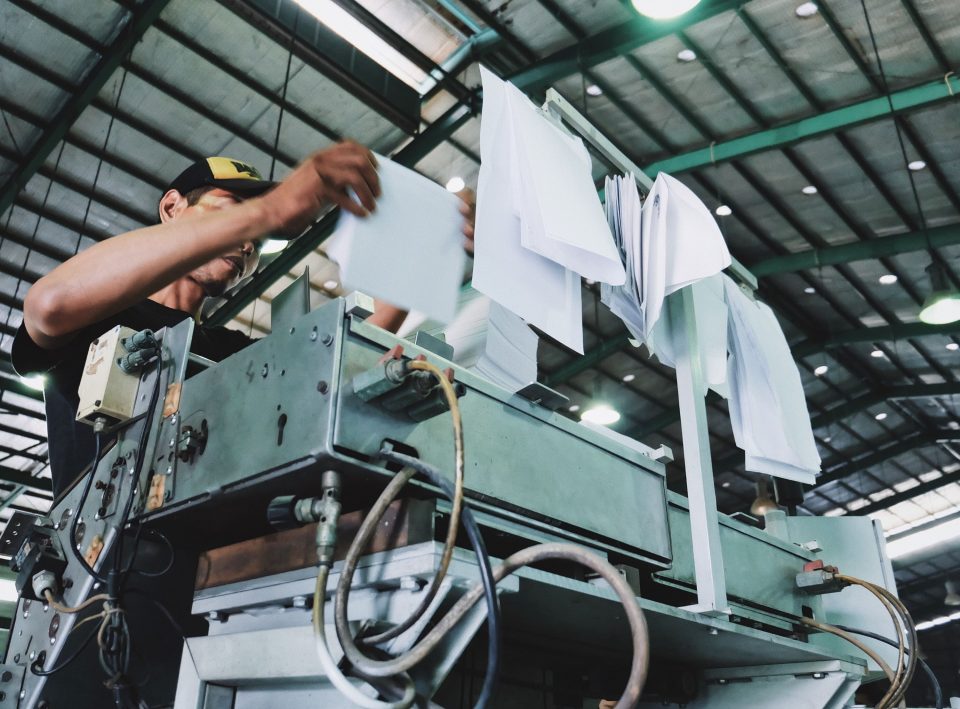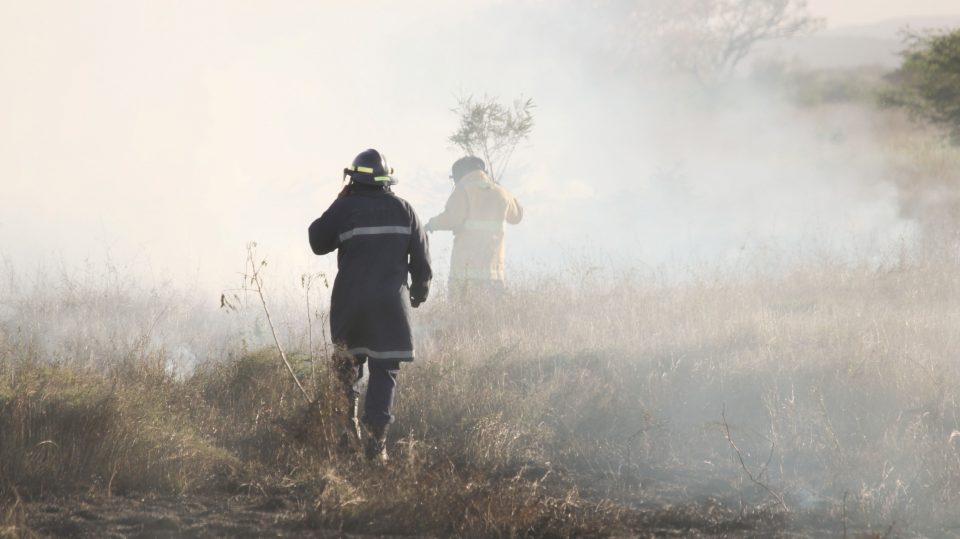Sustainable Food Packaging Trends

Build your Creativity on Paper
May 7, 2021
Effective Notetaking Techniques
May 20, 2021
Sustainability will be a key issue this year as nations around the world try to “build back better” as we emerge from the COVID-19 pandemic. With Joe Biden making a renewed push for carbon reduction, we ask what else industry can do – starting with the food packaging sector.
Food packaging has begun a noisy transformation in recent years.
2019 was year of the paper straw – after naturalist and TV presenter David Attenborough bought our collective attention to the problem of plastic in the world’s oceans. Globally, companies – including Burger King, McDonalds and Starbucks – responded by acting to reduce the plastic waste they produce – switching plastic straws for paper straws was a quick win.
Similarly, governments around the world responded by taxing disposable plastic shopping bags. Millions of them end up in landfill and our oceans every year. Causing many of us to ask just why did we ever ditch the humble paper bag?
Happily, taxing plastic bags has been a success story – in the UK, statistics from the Department of Environment, Food, and Rural Affairs (DEFRA) show that, overall, plastic shopping bag use has fallen by 95% in England’s main supermarkets.
While paper straws and “bring your own bags” policies have done much to reduce plastic waste, there are still many areas of food packaging where there is still work to be done. Luckily, there are no shortage of innovative businesses in this arena that are creating new solutions that offer more sustainable food packaging solutions.
#1. The paper bottle
It sounds amazing – but it is true! Italian winery Cantina Goccia has opted to package its wines in a cardboard “Frugal” bottle – made from 94% recycled cardboard and with a food-friendly inner coating.
#2. Ditching plastic for paper trays
Amcor has developed Paperly, a thermoformable paper-based packaging that gives processed meat and cheese packaging a rustic feel and look. It has been designed to stand out on the supermarket shelf. The paper tray is made from renewable resources and 85 per cent FSC-certified paper fibres, so the whole base tray can be recycled.
#3. Exploiting the natural insulation qualities of wool
British manufacturer Woolcool says it is “revolutionising the insulated packaging world with our multi award-winning range of Woolcool insulated boxes and insulated mailing pouches”. Produced using 100% pure wool, these packaging solutions have a proven track record within the food industry for delivering perishable goods in perfect condition. It’s an ideal option if you need thermally insulated food packaging with eco-credentials – it’s a completely natural materials and customers can easily re-use and recycle it.
#4. Biodegradable paper candy wrappers
CHOCAL has won awards for its innovative biodegradable paper packaging. Useful for a range of applications, it’s ideal for packaging a variety of confectionery products – such as hollow chocolates, lollipops and bars, as well as some non-food items. Both the front and back sides of the 100% paper packaging can be printed and CHOCAL’s Sealpack closure ensures freshness and safety.
#5. Switching foil and plastic packets for paper
Another food manufacturer turning to paper for a more sustainable and eco-conscious approach to packaging is British snack and nuts producer Evolution Foods. The packaging for its Natural Selection range is made from paper that has been sourced sustainably and is suitable for recycling alongside other paper waste to encourage consumers to dispose of it responsibly. To help the product maintain optimal freshness, it has a water-based coating that is heat-sealed. The brand says that switching to this type of new packaging could save over 1,350 tonnes of plastic in the UK snack market.
#6. Reducing the amount of plastic used in microwavable trays
The DeLight paper-based tray has launched as an alternative to traditional boxed plastic tray packaging for frozen foods and ready meals. The trays can be heated in both conventional and microwave ovens and are the first of its kind as a hybrid made with renewable paper sources combined with plastic polymers. For retail use, the trays are compatible with direct on-tray printing. PinnPACK, which acquired the rights to distribute the new DeLight tray, commented: “The marketing possibilities with DeLight are endless as we are able to print photo-resolution imagery directly on the tray, which is currently not possible with the CPET (crystallized PET) and polypropylene trays that dominate this space.”
#7. Compostable shrink wrap
Cling film and shrink wrap can’t be recycled now – but an Australian supermarket has begun an initiative that should reduce a lot of this type of plastic waste if it catches on. Australian independent grocer Drake’s Supermarkets has partnered with Adelaide-based wholesaler IG Fresh and BioBag World Australia to switch to a new shrink wrap product that is compostable. The bioplastic is made from a plant-based resin called Mater-Bi, and they believe it could replace traditional single-use shrink wrap for fruits and vegetables.
#8. Edible packaging
Ooho is an edible drink capsule made from Notpla, a material created from seaweed. The capsules can contain any type of drink – and were used in the Richmond and London marathons where capsules of Lucozade Sport were distributed to marathon runners in 2018 and 2019. As well as eliminating the need for plastic bottles, using seaweed as the raw material means that the product doesn’t require farmland resources, and this also reduces hazards to the environment caused by irrigation and fertilizing.
There are some amazing innovations happening in the packaging world right now – but they all depend on consumers prioritising sustainability when making purchasing decisions.
All of us need to keep in mind the mantra “reduce, reuse, recycle” when thinking about what we buy – even when it comes to foodstuffs.
Read more about the sustainability of paper.




